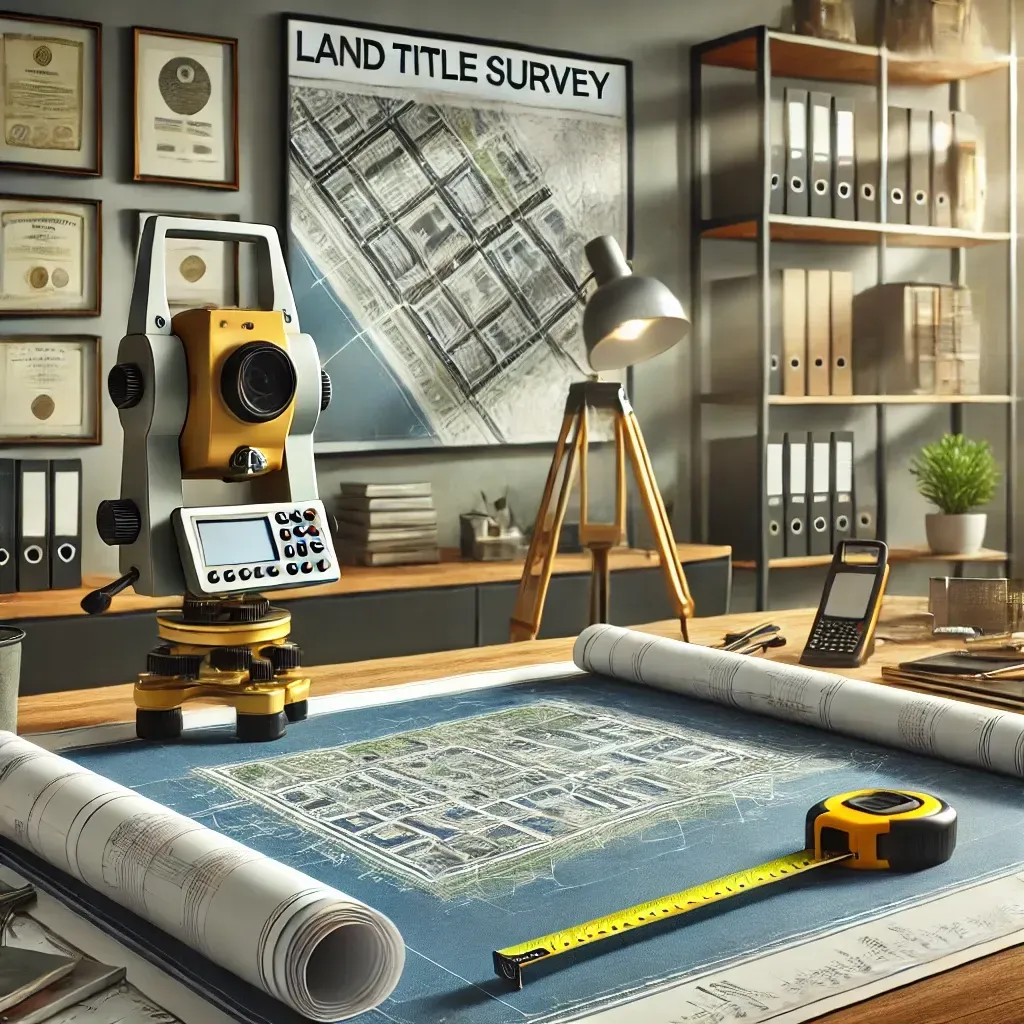
How Automation and AI Are Transforming Land Surveying in Texas
"Texas, often referred to as the Lone Star State, is a thriving hub for economic growth and innovation, making it an attractive destination for commercial real estate investment." - Chris Evans
The Future of Land Surveying: How Automation and AI Are Transforming Commercial Development in Texas
Texas is expanding fast — and commercial developers are under pressure to deliver projects faster, safer, and more precisely than ever before.
Enter the next generation of land surveying: automation, drones, and AI-driven data analysis.
These technologies are revolutionizing how surveyors collect, process, and share information — helping developers move from uncertainty to precision in record time.
Here’s how automation is shaping the future of surveying in Texas commercial real estate.
1. From Manual Mapping to Machine Precision
Traditional land surveying required long hours of manual measurement and data entry. Today, robotic total stations, GPS rovers, and autonomous drones streamline the process.
Why it matters:
Reduces human error.
Increases accuracy for large-scale developments.
Cuts field time by up to 60%.
2. Drones and LiDAR Scanning for Large Sites
Modern drones equipped with LiDAR sensors can capture millions of data points in minutes — ideal for commercial tracts, industrial parks, and highway projects.
Benefits for developers:
Faster site assessments and grading analysis.
Real-time 3D modeling.
Safer data collection in challenging terrain.
3. AI in Data Processing and Analysis
Artificial intelligence now helps surveyors analyze massive datasets automatically.
Applications include:
Automated contour generation.
Floodplain and drainage modeling.
Detecting anomalies between planned and as-built conditions.
Why it matters:
Provides instant quality checks.
Accelerates delivery to engineers and architects.
Reduces the cost of revisions.
4. Cloud Collaboration for Developers and Engineers
Survey data is no longer static — it’s part of an integrated project workflow.
Through cloud-based platforms, surveyors, engineers, and city officials can view and update maps in real time.
Why it matters:
Improves coordination across teams.
Prevents version conflicts.
Speeds up permitting and approvals.
5. Predictive Analytics for Planning and Maintenance
AI-powered surveying isn’t just about measurement — it’s about prediction.
Using historical and environmental data, predictive systems can model how terrain or flood risks might change over time.
Why it matters:
Helps investors plan long-term asset management.
Supports sustainable infrastructure design.
Minimizes risk of future environmental impact.
6. How Texas Developers Benefit
Automation gives commercial builders and investors a competitive edge by:
Shortening pre-construction phases.
Reducing project uncertainty.
Improving communication with municipalities and lenders.
Conclusion
The future of Texas surveying is fast, digital, and data-driven.
With automation and AI, South Texas Surveying provides next-level accuracy that keeps projects on time, compliant, and ahead of industry standards.
Innovation isn’t replacing surveyors — it’s empowering them to build smarter, safer, and stronger communities across Texas.